Chapter 4
Building a Company
Some of the wealthiest men in Detroit were now interested in horseless carriages. And, luckily for Henry, they were eager to help him start his own company. The investors included William H. Murphy, whose family had a made a fortune selling lumber, and William C. Maybury, the mayor of the city. With their help, Henry created the Detroit Automobile Company in August 1899.
He designed a new car model that was bigger than his second Quadricycle, but he was not quite happy with it. The company struggled as Henry made constant changes to the car and never produced one he could actually sell. His investors grew impatient and, after two short years, shut down the company. Although the Detroit Automobile Company was out of business, Murphy and some other investors continued to give Henry money so he could develop new cars.
Henry was often away from home. He sometimes slept on a cot inside his workshop.
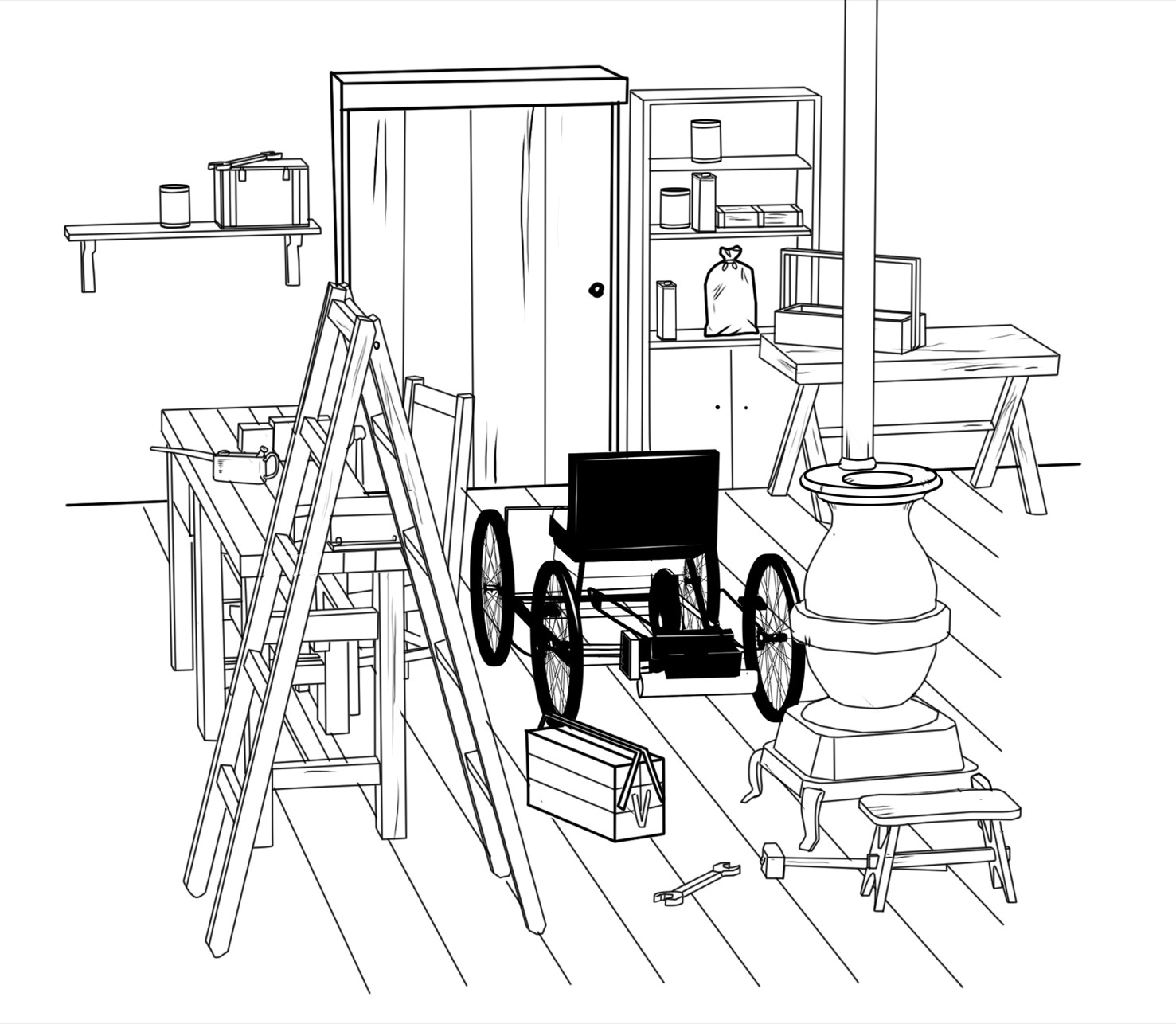
During 1901, Clara kept a diary noting how little she saw of her husband. One day, she saw him only because they happened to bump into each other on a streetcar! But as always, she knew how important Ford’s work was to him.
Henry was busy that year designing and building a race car. He didn’t care about racing himself, but many Americans did. Ford later wrote, “The public thought nothing of a car unless it made speed—unless it beat other racing cars.”

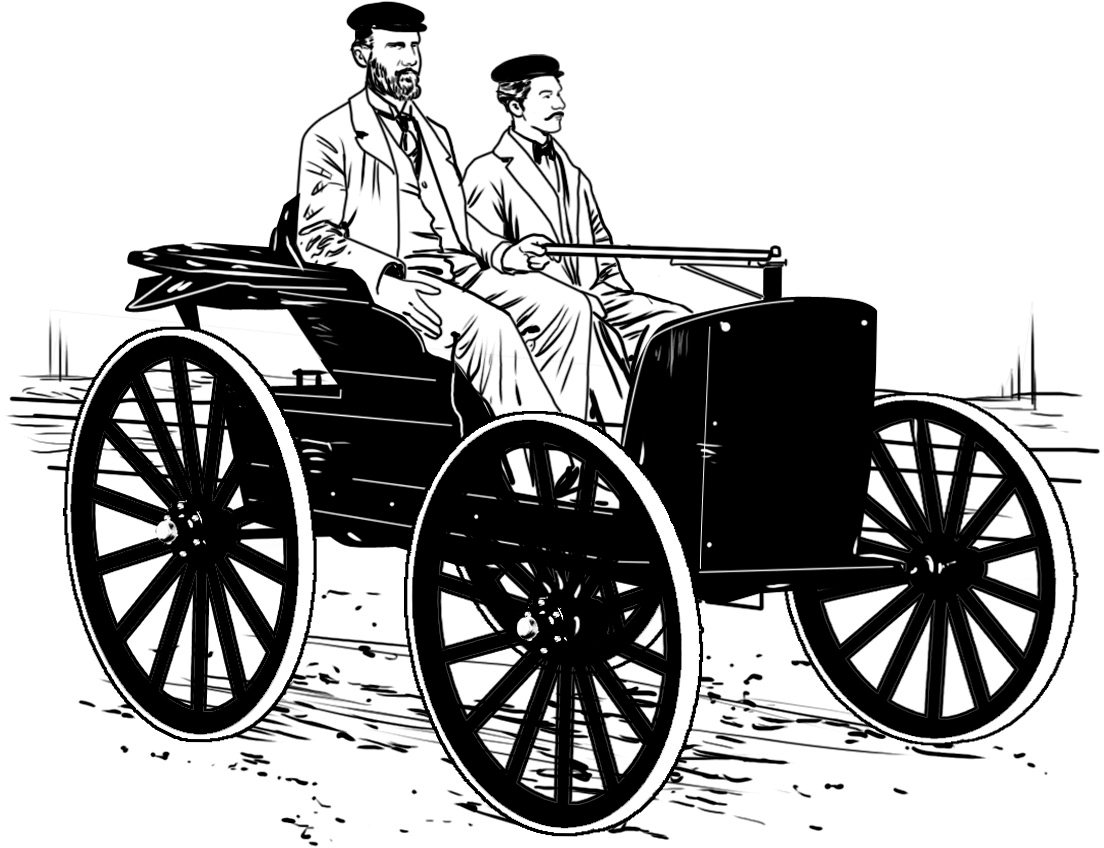
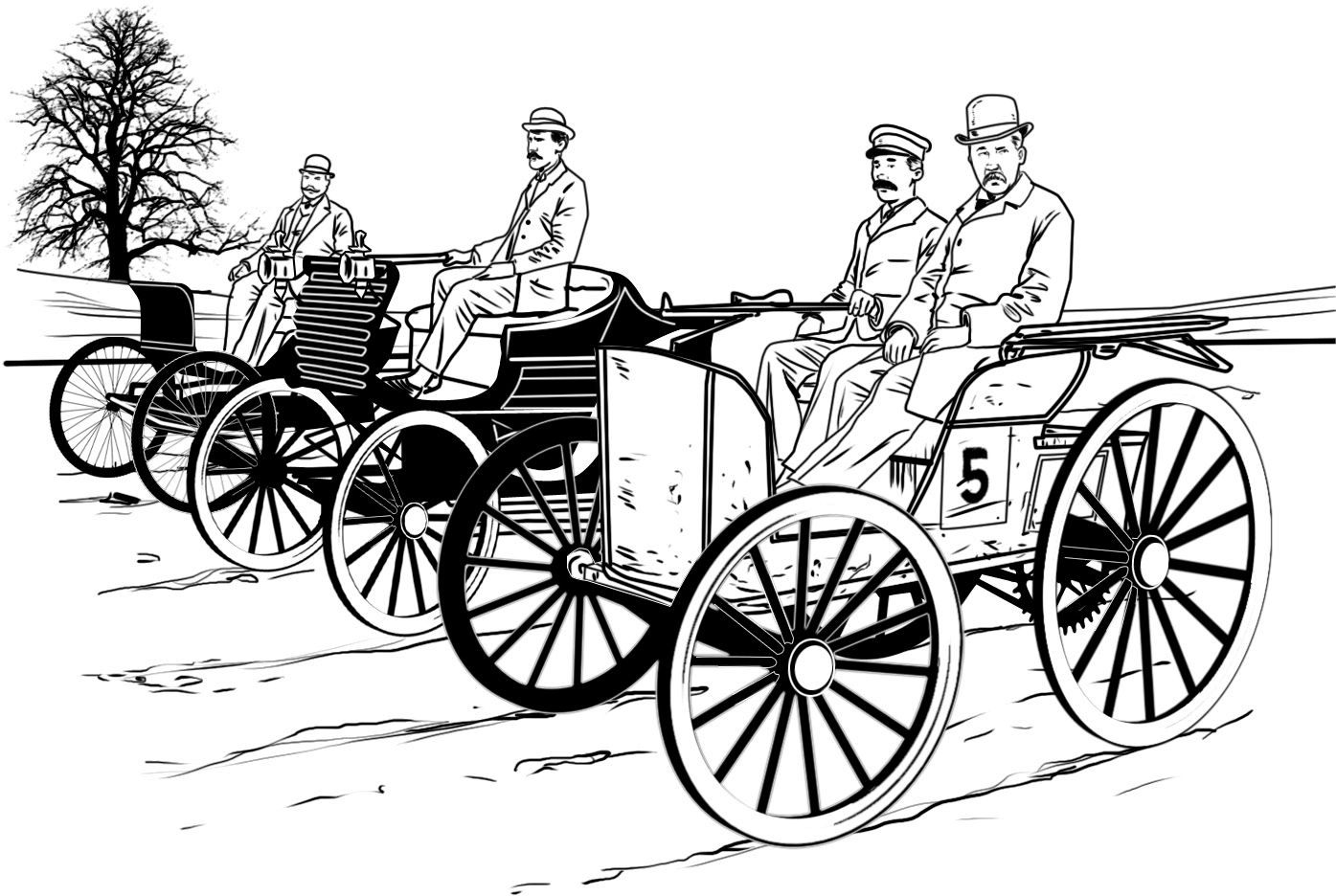
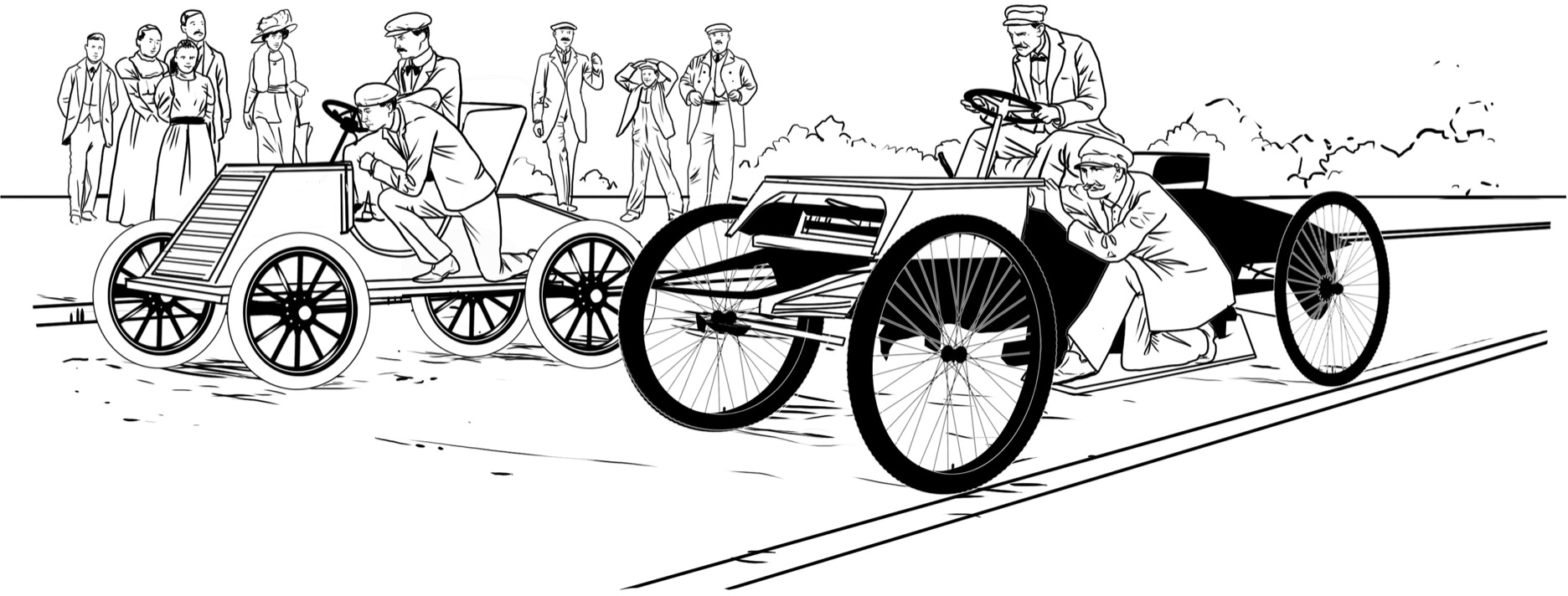
Ford hoped that if he built a successful racer, people would see his skills as an engineer. They would come to know his name and be eager to buy the everyday cars he wanted to build for average Americans.
At the time, Alexander Winton of Cleveland was the most famous carmaker in America. Part of that fame came from winning automobile races. In October 1901, Winton and Ford both entered a race held at a track outside of Detroit. Other drivers had planned to race, but mechanical problems kept them out. Only two cars rolled to the starting line.

Winton’s car was bigger and more powerful than Ford’s. Henry hoped he could compete, because his car was so much lighter. Henry’s car was so basic, it didn’t even have brakes! Each driver rode with a mechanic, who stood on a board attached to the outside of the car. Henry’s mechanic, Spider Huff, also added weight to the car so it wouldn’t tip over during the sharp turns. Winton took an early lead, but the motor on his larger racer developed problems and he slowed down. As a newspaper reported afterward, “Mr. Ford shot by them as though they were standing still.” In the stands, Clara watched with pride. The people around her stomped and cheered for her husband, the local automaker who beat the legendary Winton.
The win convinced William Murphy and other investors to start a second company for Ford. But once again, Henry was slow in developing a car he could sell. And he didn’t like working for investors. He wanted to do things his own way. That desire for independence led him to leave the second company after only four months! He decided he would never take orders from anyone else ever again.
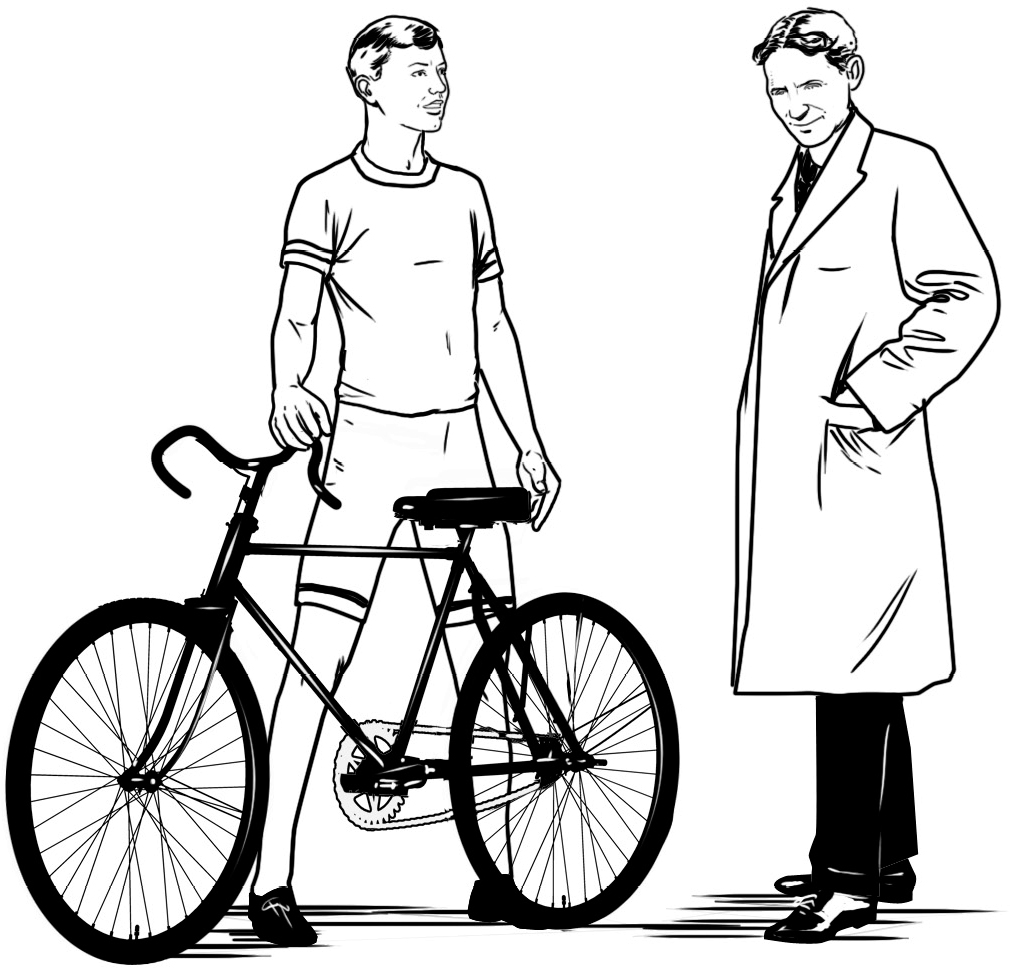
Around this same time, Tom Cooper, a professional bicycle racer, wanted to enter the world of auto racing, and he asked Henry to build him one. Henry built another for himself. Both were almost ten feet long and had more power than anything Henry had designed before. When their engines roared, Henry said the sound was “enough to half kill a man.”
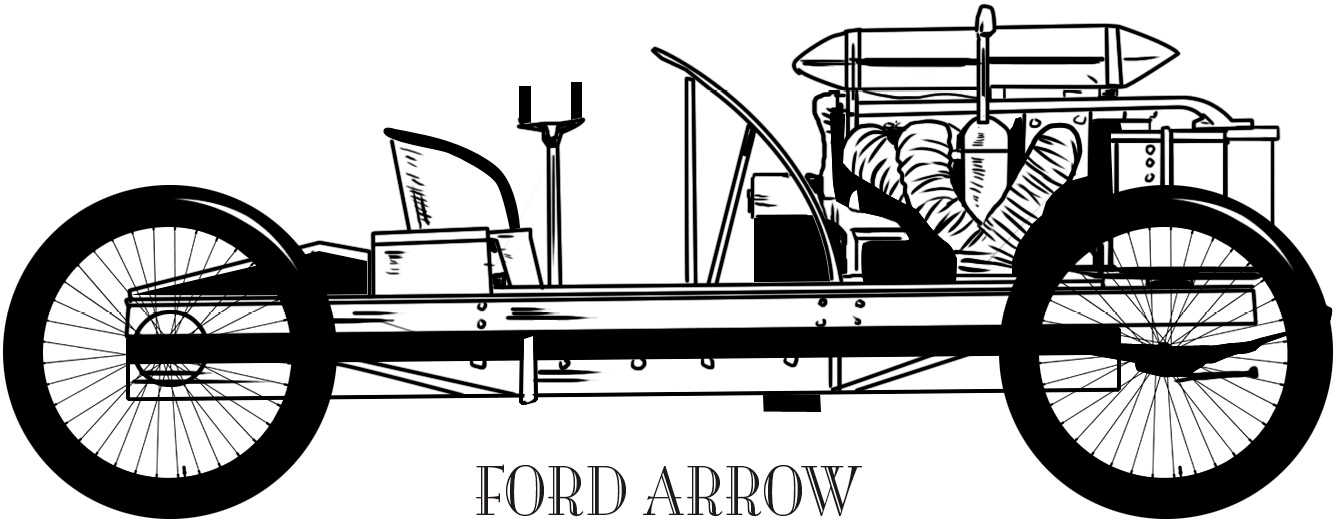
Ford named the cars the Arrow and the 999. When it came time to race one, Cooper chose another cyclist, Barney Oldfield, to drive it. Oldfield had never driven a car before, but he soon learned how to control the mammoth 999. In a race that October, Oldfield easily beat Winton and two other drivers. Cooper owned the cars, but newspapers reported excitedly about the “Ford machines.”
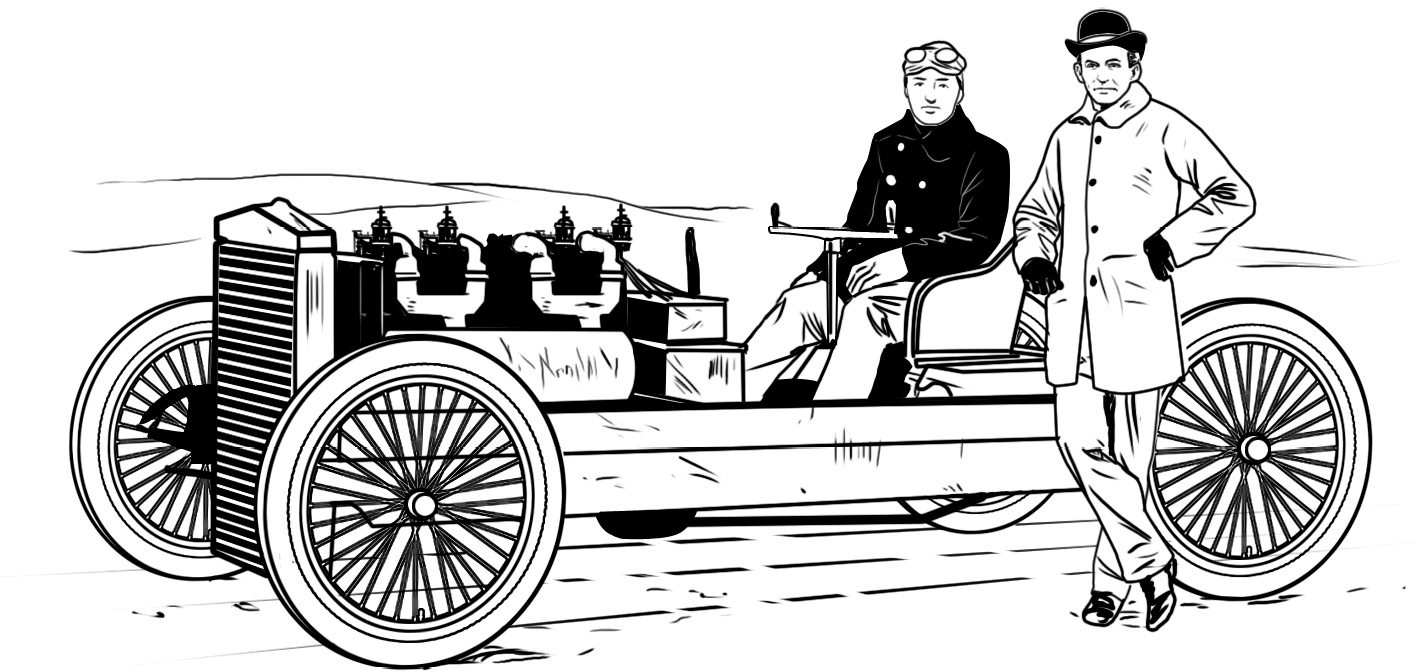
With his fame soaring, Henry once again looked to start a company that would build cars for everyday use. He found an investor named Alexander Malcomson who would let him run the company the way he wanted. In June 1903, the Ford Motor Company officially opened for business.